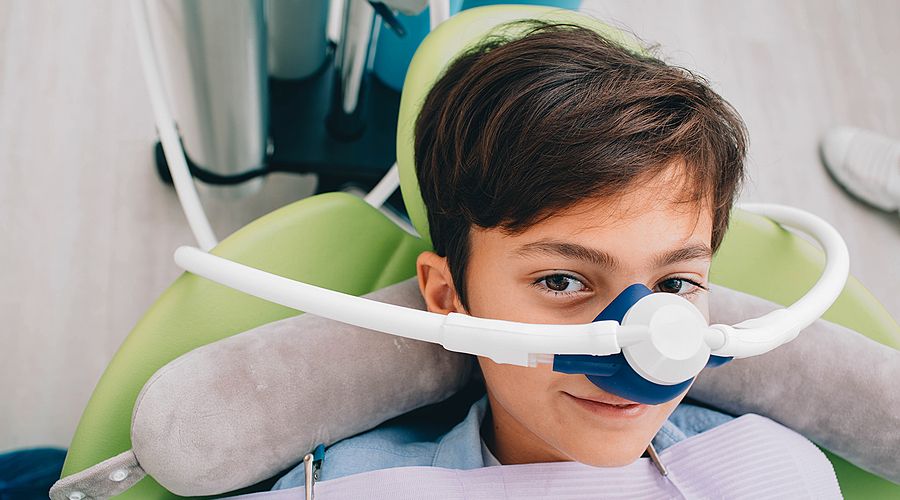Tooth Spa believes that your comfort matters when it comes to dental care. Local anesthetics are commonly used in combination with communication techniques to provide comfortable delivery of dental treatment. Other options to treat anxiety include nitrous oxide, conscious sedation, and deep sedation.
Anesthesia is a matter of degrees on a continuum beginning at a low level called “light” and adjusted to lighter or deeper levels depending on the patient’s tolerance for pain and/or response to the drugs used. Occasionally, during dental treatment patients cannot understand or cooperate due to psychological or emotional immaturity, a cognitive, physical, or medical disability, or fear and anxiety.
What Are The Options?
Patients may require local anesthesia, light to moderate conscious sedation, deep sedation, or general anesthesia for their comfort during the performance of dental restorations or surgical procedures. Nitrous and Local Anesthesia are very commonly used methods of sedation and anesthesia, while deeper forms of conscious or deep sedation are referred to as specialists.
Option 1: Local Anesthesia
Anesthetizing agents are infiltrated into a small area or injected as a nerve block directly into a larger area of the mouth with the intent of numbing the area to receive dental treatment.
Risks Include But Are Not Limited To:
- It is normal for the numbness to take time to wear off after treatment, usually two or three hours.
- However, it can take longer, and rarely the numbness is permanent if the nerve is injured.
- Infection, swelling, allergic reactions, discoloration, headache, tenderness at the needle site, dizziness, nausea, vomiting, and cheek, tongue, or lip biting can occur.
Potential Benefits:
- The patient remains awake and can respond to directions and questions.
- Pain is lessened or eliminated during dental treatment.
Option 2: Nitrous Oxide/Oxygen Inhalation Sedation
 Nitrous oxide/oxygen inhalation is a mild form of conscious sedation used to calm an anxious patient. A colorless, odorless gas that has no explosive or flammable properties, it can act as a pain buffer as well.
Nitrous oxide/oxygen inhalation is a mild form of conscious sedation used to calm an anxious patient. A colorless, odorless gas that has no explosive or flammable properties, it can act as a pain buffer as well.
Oxygen is given simultaneously with the nitrous oxide through a small mask placed over the nose. Pure oxygen, given at the end of treatment, is intended to flush the nitrous oxide out of the patient’s system and minimize the effects of the gas.
The patient is observed while nitrous oxide is administered and until the patient is fully recovered from its effects.
Risks Include But Are Not Limited To:
- An early effect is an inability to perceive one’s spatial orientation and temporary numbness and tingling.
- Nausea and vomiting may occur.
- If the patient will not accept the mask, nitrous oxide/oxygen cannot be used.
Potential Benefits:
- The patient remains awake and can respond to directions and questions.
- Nitrous oxide helps overcome apprehension, anxiety, or fear.
Option 3: Conscious Sedation (referred)
Conscious sedation is a controlled, drug-induced, minimally depressed level of consciousness that allows the patient to breathe independently and continuously respond appropriately to physical stimulation and/or verbal command, e.g., “open your eyes.” This type of anesthesia may be administered orally (a drink) or through a tube to a needle in the vein.
Option 4: Deep Sedation (referred)
Deep sedation is a controlled, drug-induced state of depressed consciousness from which the patient is not easily aroused, which may be accompanied by a partial loss of protective reflexes, including the ability to maintain an open airway independently and/or respond purposefully to physical stimulation or verbal command. This is typically done by a specialist.

